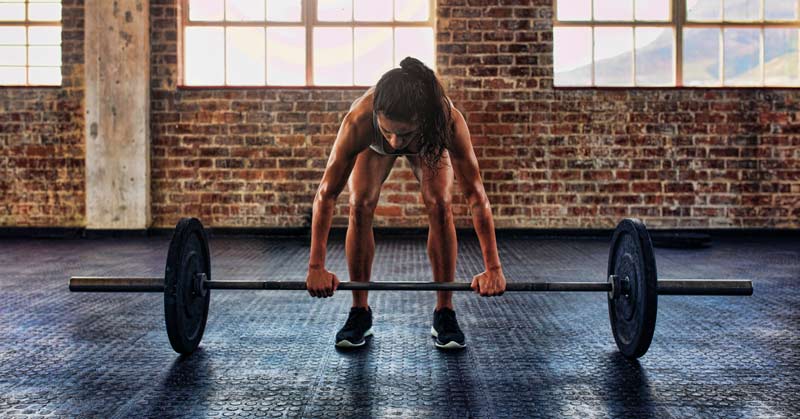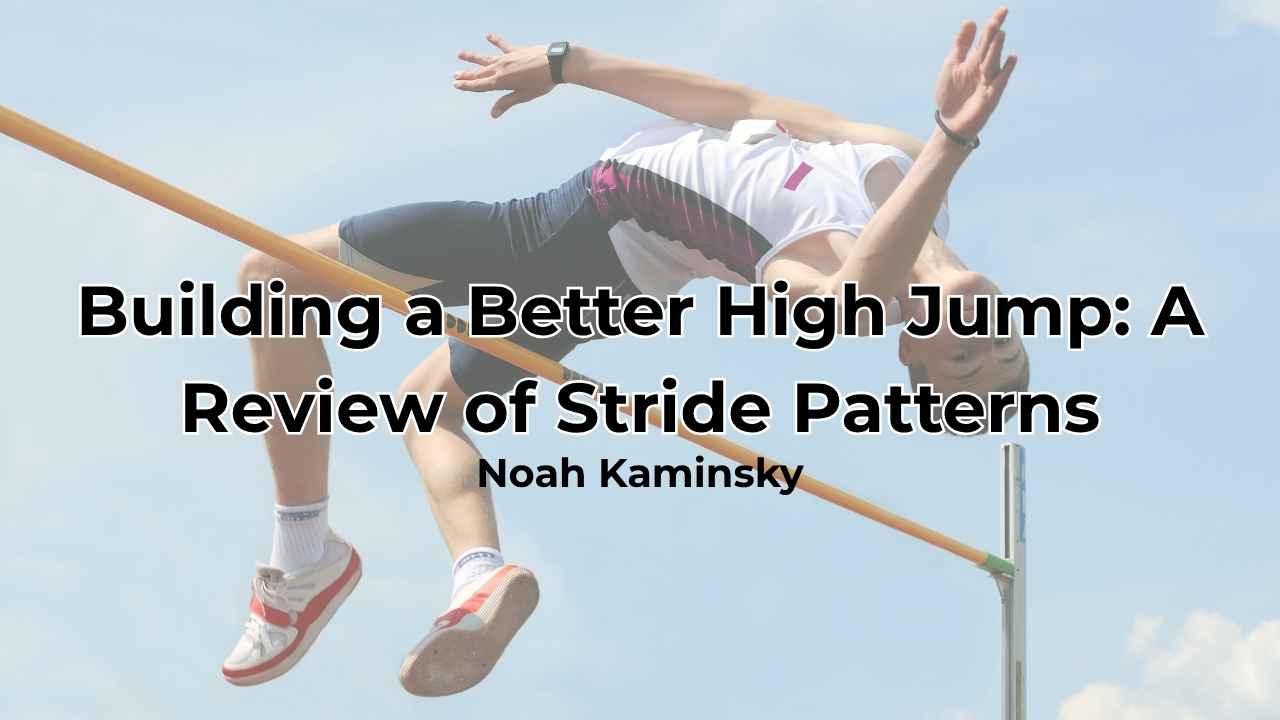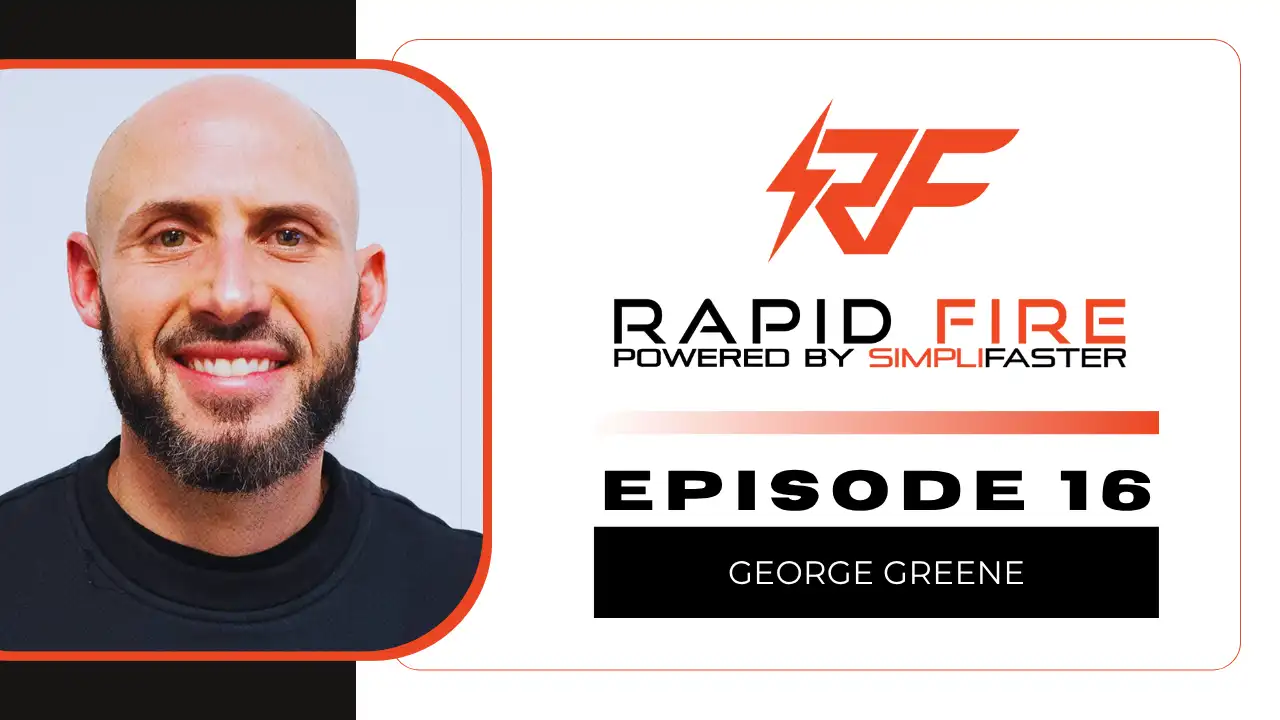[mashshare]

Eccentric training is an undervalued component of many resistance training programs and can significantly increase an athlete’s strength and responsiveness in many sports. By following the simple guidelines below for various techniques, a coach can safely incorporate eccentric movements into any program design and reap the benefits.
The Science
Every action that requires a part of the body to move in space is made of concentric and/or eccentric muscle contractions.
When muscles contract and produce a force that exceeds the force applied to the muscles, the muscles shorten in a concentric contraction. The movements are usually powerful, like when weight is squatted up from the lowest position to the top of the movement. Or when weight is bench pressed from the chest to full arm extension. The quadriceps and the pectoral muscle groups, respectively, are the primary concentric movers.
When a muscle lengthens while under an external force that exceeds the force of the contraction, the muscle fibers elongate in an eccentric contraction. Eccentric movements oppose their concentric counterparts. When the weight during a squat or bench press is returned to the starting position, the muscles contract eccentrically.
Eccentric actions produce 20-60% greater force than concentric actions. And lower levels of neural activity occur, leading to a high force-to-neural activation ratio. Eccentric movements have the potential to increase both concentric and eccentric strength and hypertrophy; their slower, less technical nature develop the strength and hypertrophic elements of muscle fiber rather than neural development.
In every sport involving running, jumping, and throwing, eccentric movements provide critical force to the stretch-shortening cycle. In the long jump, for example, jumpers plant their foot before the fault line, causing an eccentric lengthening of their leg’s extensor muscles immediately before a forceful concentric takeoff into the sand pit. The muscles’ quickest maximal (eccentric) stretch leads to the greatest increase in concentric force on takeoff. Unfortunately specific exercises to improve eccentric contractions are often neglected in resistance training programs.
A muscle’s quickest maximal (eccentric) stretch leads to the greatest increase in concentric force. Share on XResearch shows that eccentric overload training with supramaximal loads of 100-120% of an athlete’s one-rep maximum develops maximal strength better than concentric-only training. It’s likely that muscle hypertrophy is induced when muscles are subjected to greater tension under a load where one can perform more volume without excessive fatigue; the energetic cost of the eccentric activity is lower than concentric activity.
I’d like to emphasize the importance of recovery here. Although metabolic cost is low, eccentric activity places more stress and strain on the muscles’ contractile elements, causing greater muscle damage. Upper limb muscles are even more susceptible to damage because of the shape of the individual muscle fibers. Eccentric exercise targets Type II (slow-twitch) fibers more than Type I, which also contributes to muscle damage.
Methods to Incorporate Eccentrics
There are four common techniques for incorporating eccentric exercise into a resistance training program.
- The 2/1 technique: An athlete lifts a weight concentrically with two limbs and lowers the weight eccentrically with one limb, making the load twice as heavy for the eccentric movement. For strength development, perform sets of 3-5 reps per limb with a 60-second rest interval.
- The two-movement technique: This is appropriate for experienced athletes since they must combine a compound, multi-joint exercise with an isolation exercise. For example, an athlete performs a power clean followed by a 5-second reverse curl. Or they do a close-grip bench press followed by a 5-second triceps extension. They should perform 4 to 5 sets of 5 reps with 1 to 2 minutes rest between sets.
- The slow/superslow technique: The athlete exaggerates the length of the eccentric phase. When loads are a lighter percent of the one-rep max, this phase should last 10 to 12 seconds. Higher percentages call for 4 to 5 seconds.
- The negative/supramax technique: An athlete only performs the eccentric movement of an exercise, so it’s necessary to have at least one spotter. Standard protocol calls for one repetition at a load of 110-130% of the concentric 1-RM for 8-10 seconds. Perform heavier loads for less time. The athlete can do 3 to 10 sets of single reps. This technique is more demanding than the others and should be incorporated conservatively.
Reference
Mike, J., C.M Kerksick, and L. Kravitz (2015). “How to Incorporate Eccentric Training Into a Resistance Training Program.” Strength and Conditioning Journal, 37(1), 5-17. doi:10.1519/SSC.0000000000000114.
Since you’re here…
…we have a small favor to ask. More people are reading SimpliFaster than ever, and each week we bring you compelling content from coaches, sport scientists, and physiotherapists who are devoted to building better athletes. Please take a moment to share the articles on social media, engage the authors with questions and comments below, and link to articles when appropriate if you have a blog or participate on forums of related topics. — SF
[mashshare]




